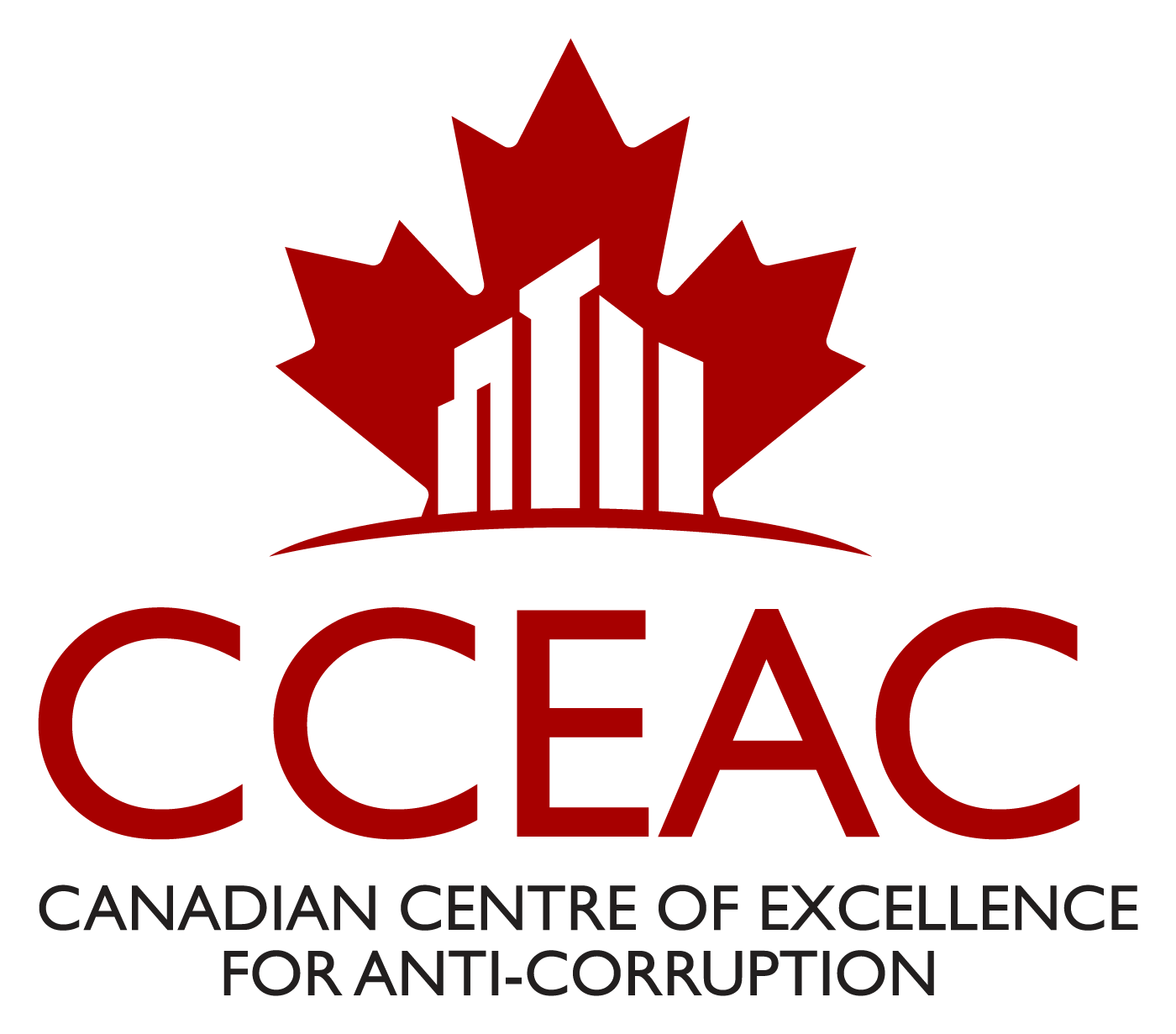This Guidebook serves as a reference material for governments, international organizations, the private sector, academia and civil society, by providing an overview of good practices in ensuring compliance with article 9 of UNCAC, which requires establishing appropriate systems of public
procurement, as well as appropriate systems in the management of public finances.
The Guidebook starts with an overview of public procurement as a major risk area for corruption; an overview of UNCAC and public procurement; and a review of the most common forms of corruption in public procurement. Chapter I analyses the requirements of article 9 of UNCAC, in terms of the objectives of public procurement. The flow of the entire public procurement cycle (divided into the pre-tender, tender and post-tender stages) is discussed in chapter II, which maps important corruption risks and identifies examples of responses to these risks of corruption. It also covers remedy systems in public procurement, as well as further corruption-prevention strategies, such as electronic procurement. Chapter III analyses the requirements of article 9 of UNCAC in terms of the objectives of public finance systems. A series of good practice examples—two of which won the United Nations Public Service Award (UNPSA)—are covered in the final chapter, chapter IV. Annex I briefly introduces other standards and policies in the area of public procurement, which have been sponsored by other international organizations. Annex II includes a checklist for meeting minimum requirements set out by article 9 of UNCAC.










